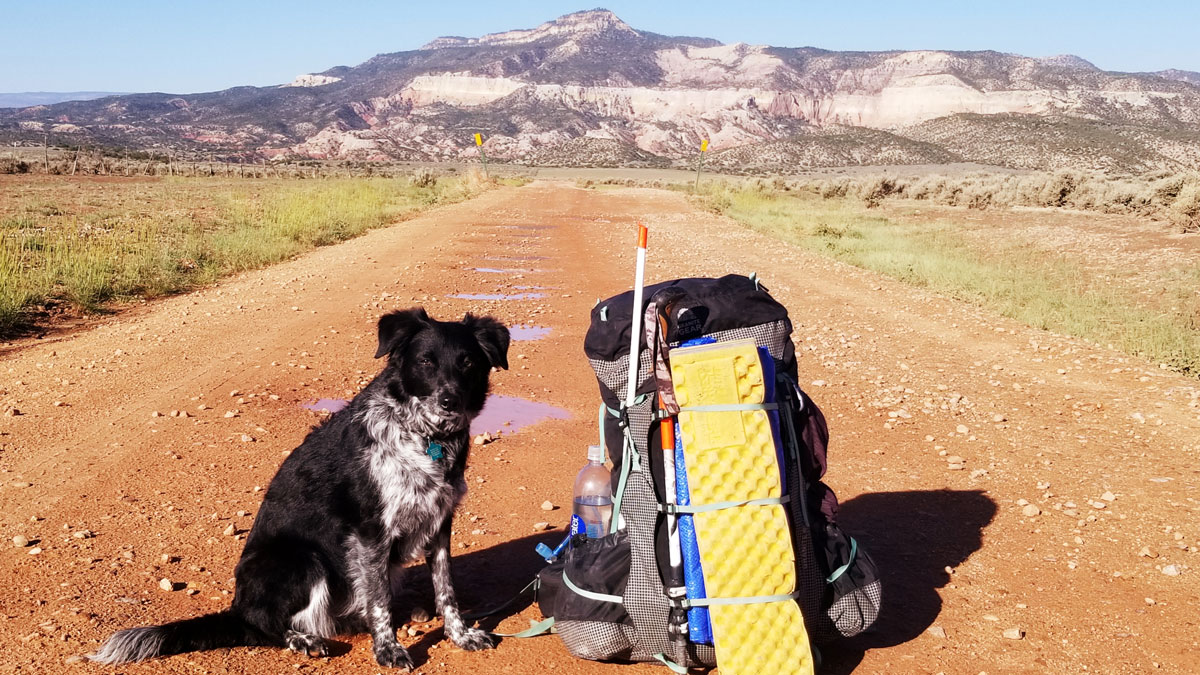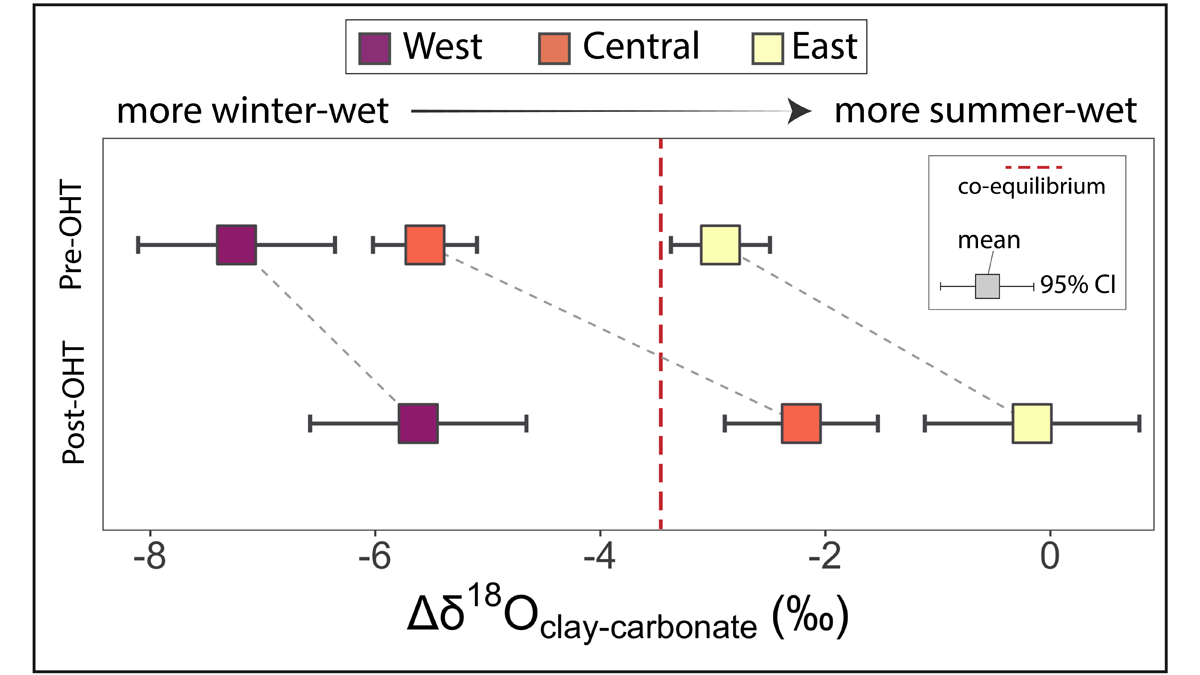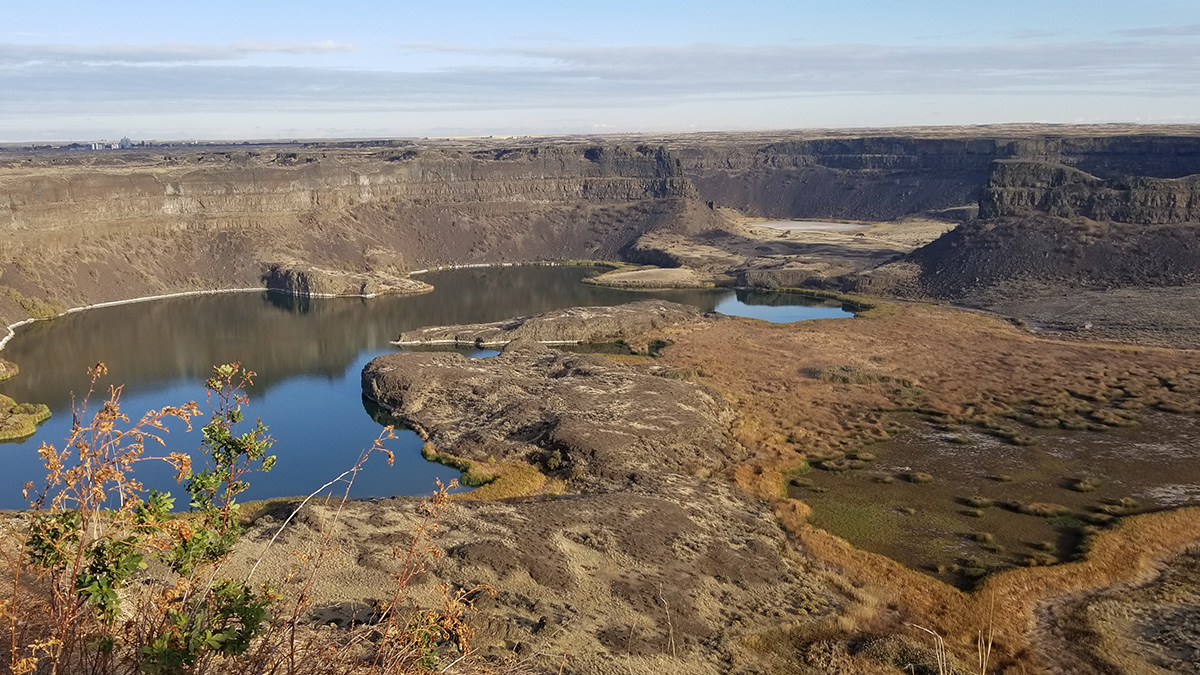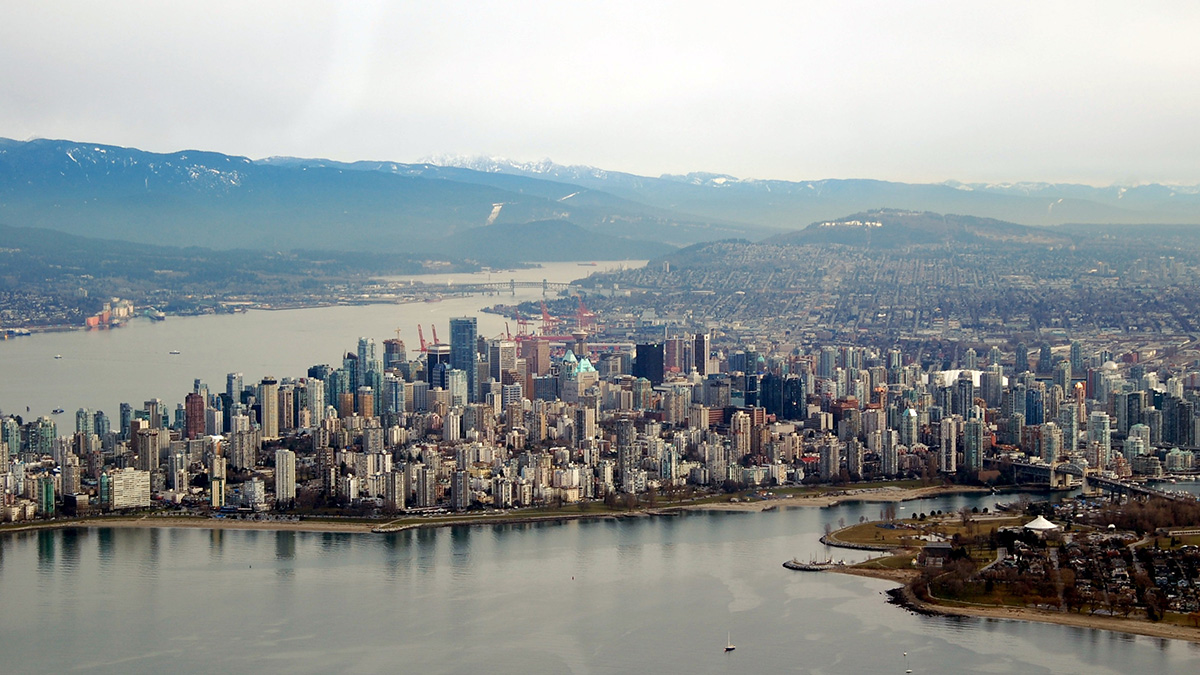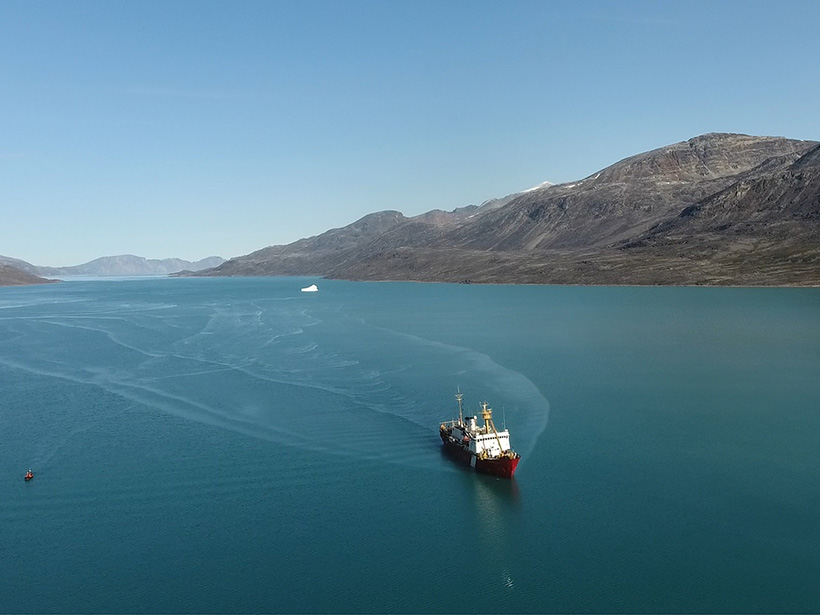Refugia repopulate forests after fires, but climate change is making these woodlands increasingly unpredictable.
North America
Monitoring Moisture from Afar
Undisturbed tropical rain forests are experiencing more frequent droughts, but the ecosystems are isolated and difficult to assess. Scientists are using remote sensing to expand the depth and scope of monitoring efforts.
Incredible Journeys on the Crown of the Continent
Living in Geologic Time: The making, breaking, and backpacking of North America’s Continental Divide.
What Caused the Open Habitat Transition in the West-Central U.S.?
Between 26-15 My ago, forests covering west-central North America gave way to open, grassy habitats. Now, oxygen isotope records suggest this shift is owed to drier winters and increased aridity.
Western U.S. “Megafloods” Might Not Have Been So Mega
The flooding that carved eastern Washington State 20,000 to 12,000 years ago could have been 80% smaller than the canyons’ volume today.
The Role of Magma in the Birth of the Atlantic Ocean
High-resolution seismic models of the Nova Scotia margin reveal a role for magmatism in continental breakup, even at magma-poor sections of the eastern North American margin.
Crowdsourced Science Helps Map Vancouver’s “Smellscape”
Exposure to stinky odors can affect human health, but quantifying smells can be difficult.
Melting Arctic Sea Ice Strengthens Tides
If climate change throws off the seasonal freeze-thaw cycle of Arctic sea ice, it could trigger a reinforcing cycle of sea ice melt in parts of the Canadian Arctic.
The Great Unconformities?
New thermochronology data and thermal history modeling from the Canadian Shield show that the Great Unconformity formed there later than elsewhere in North America and may represent another event.
An Iceberg May Have Initiated a Submarine Landslide
A new study shows that icebergs may initiate submarine landslides when they collide with the seafloor.



